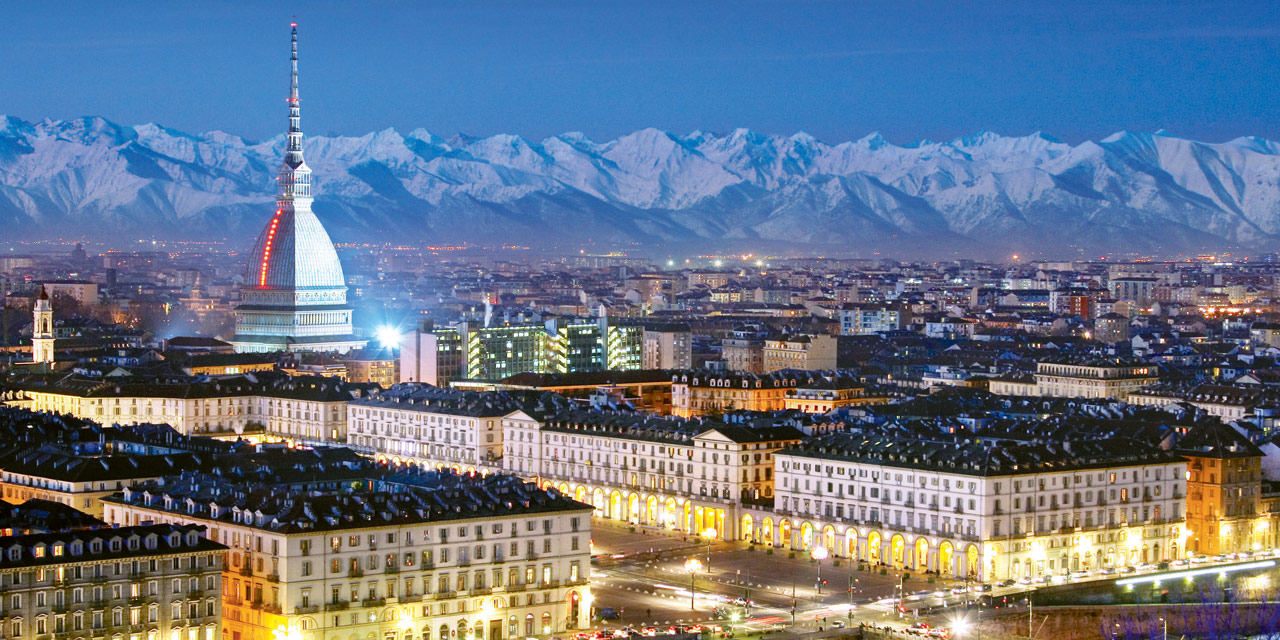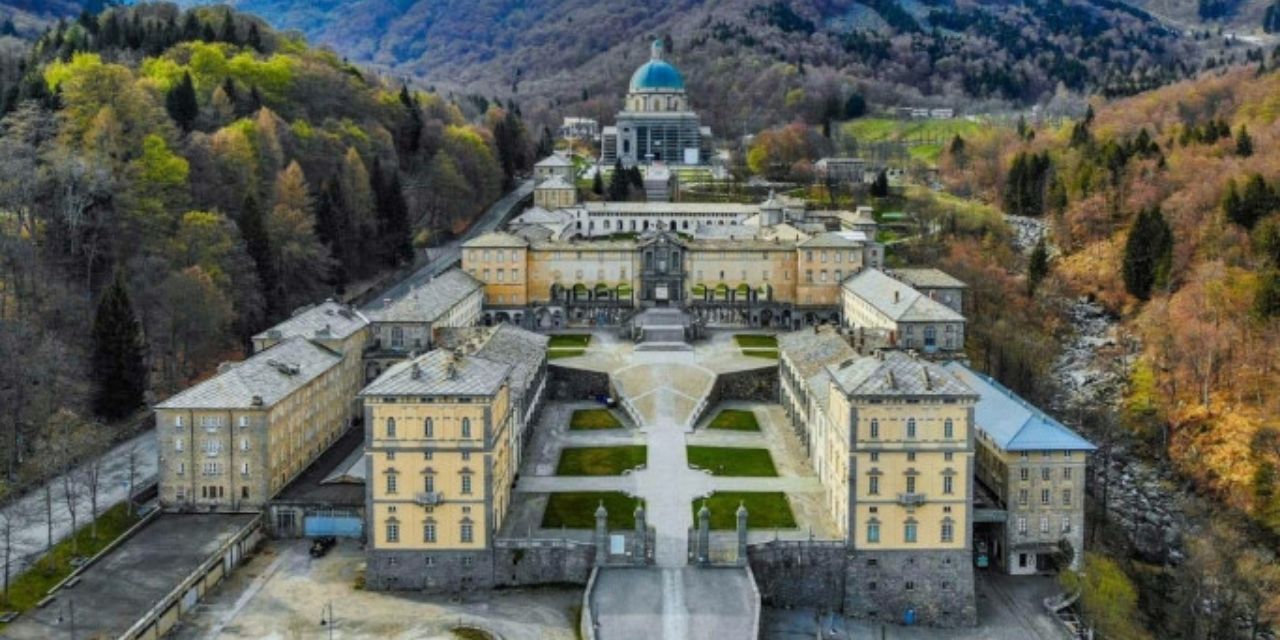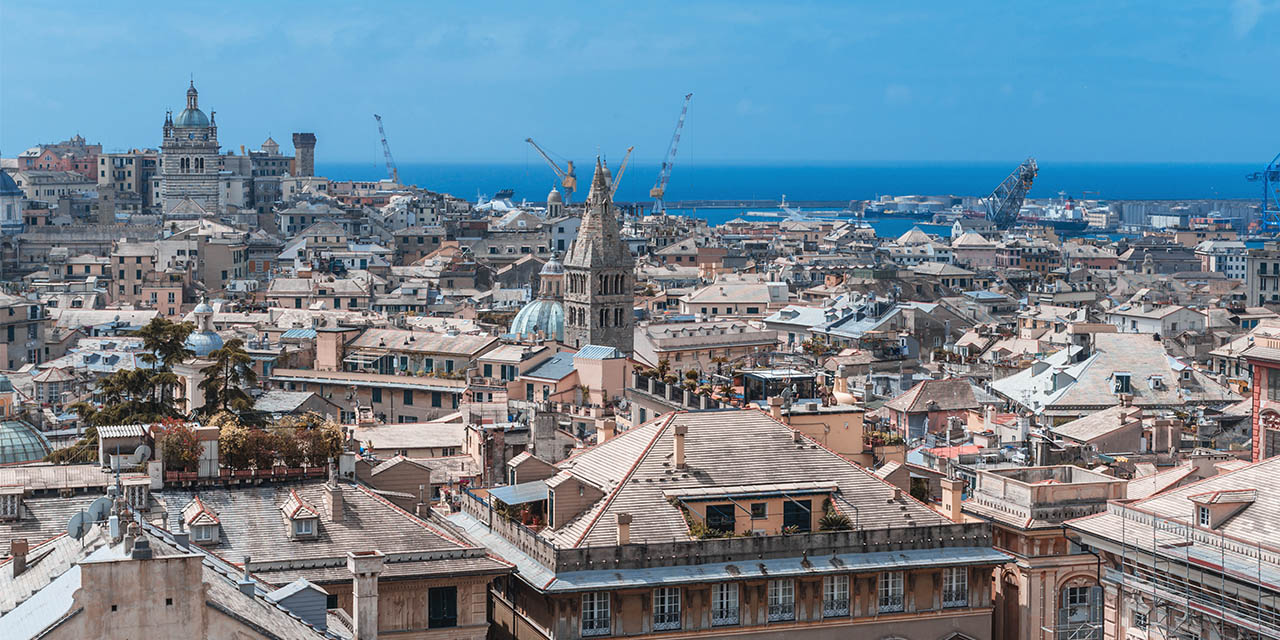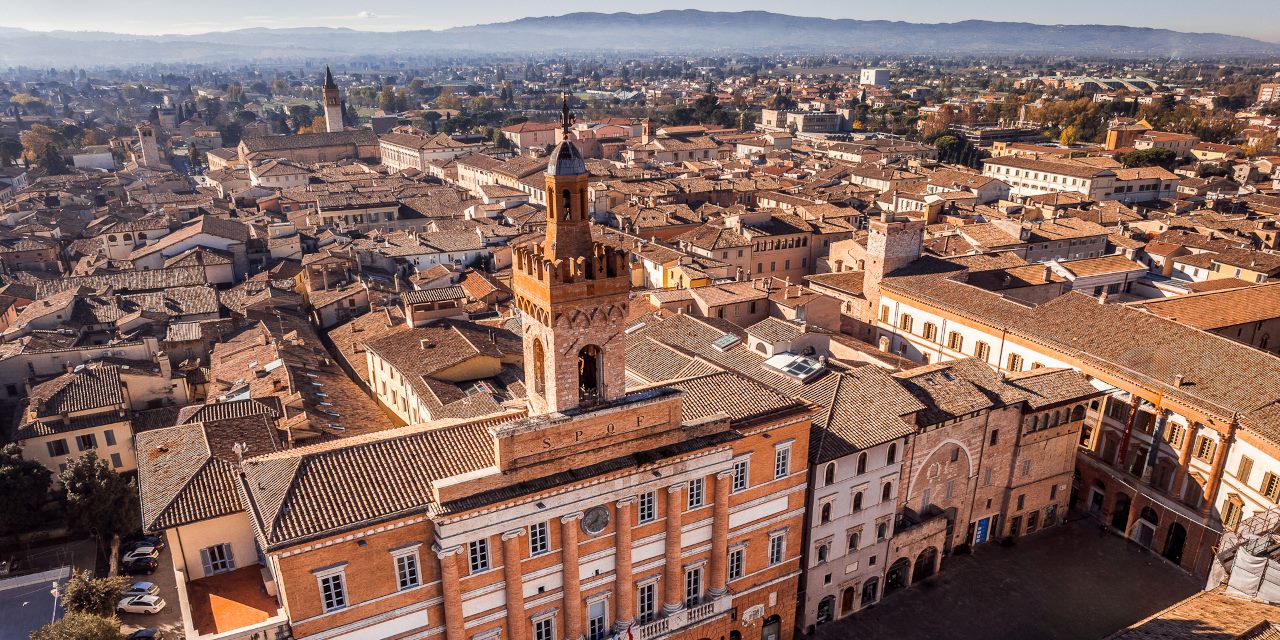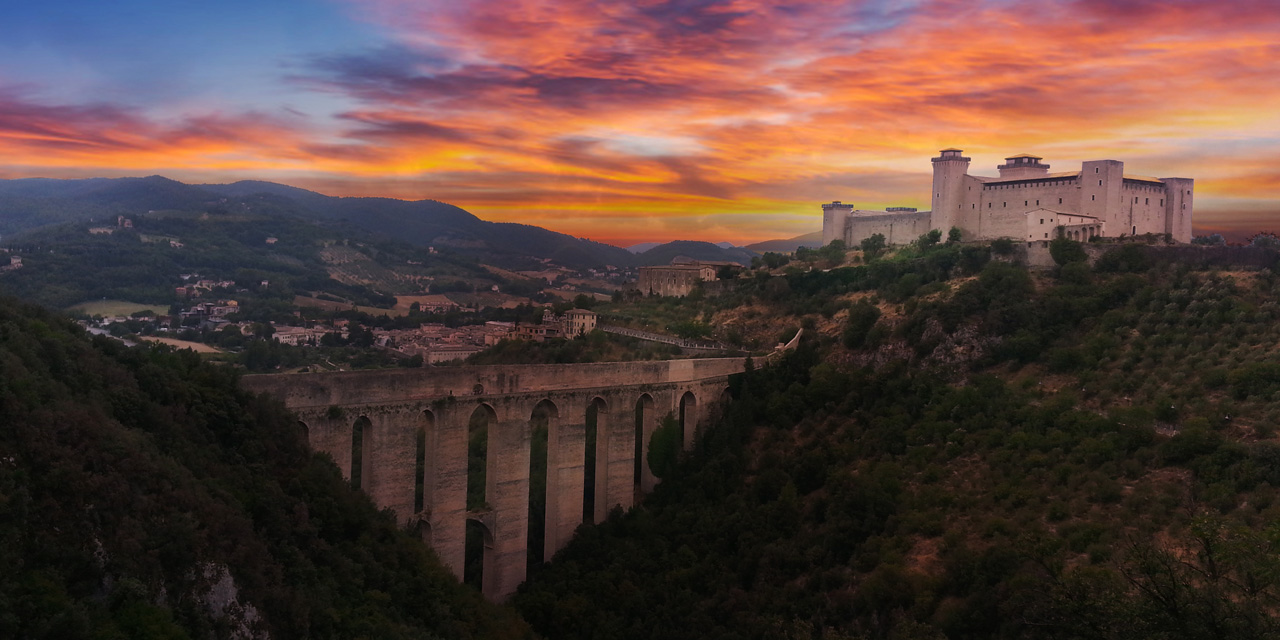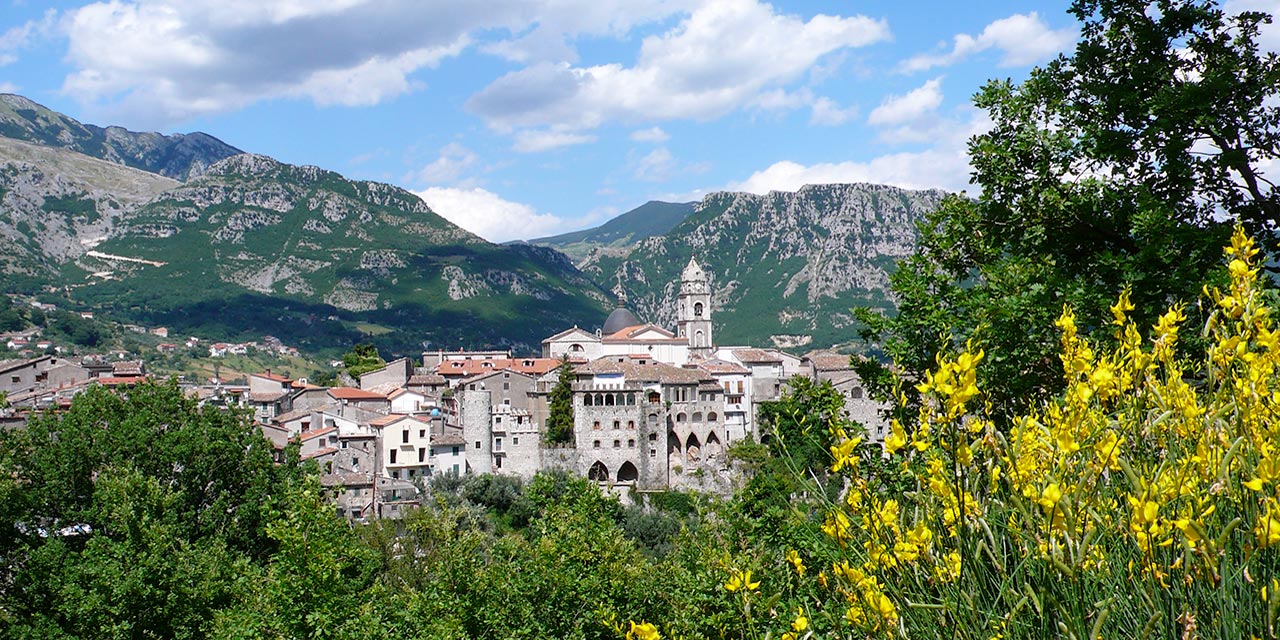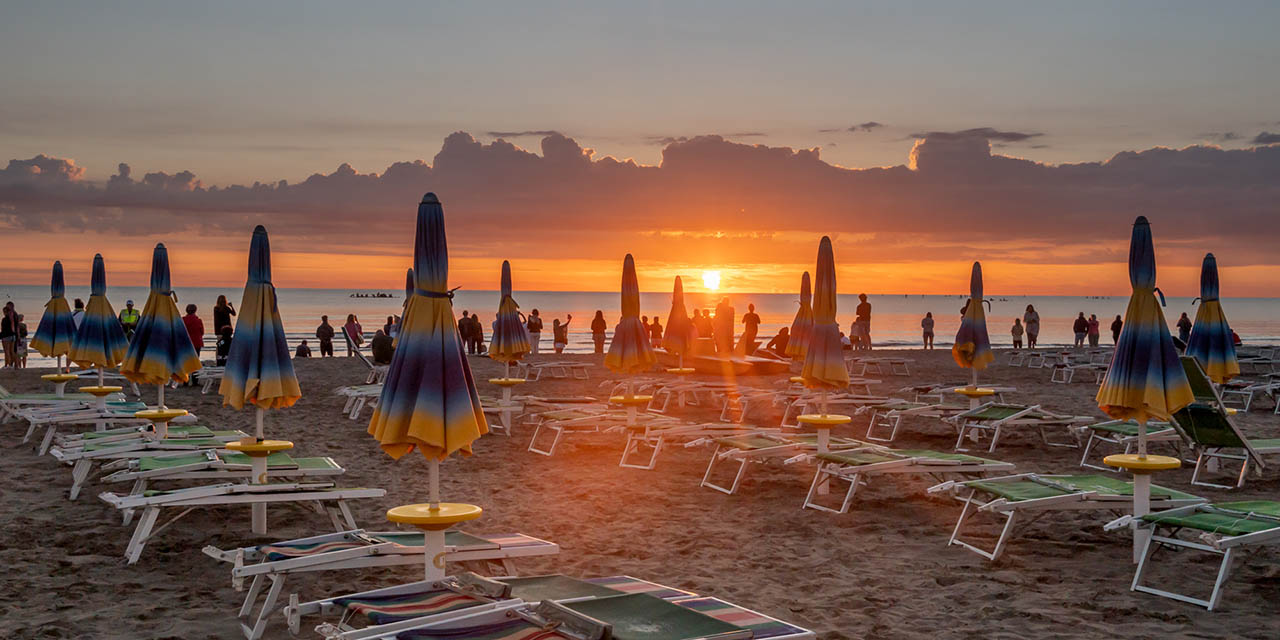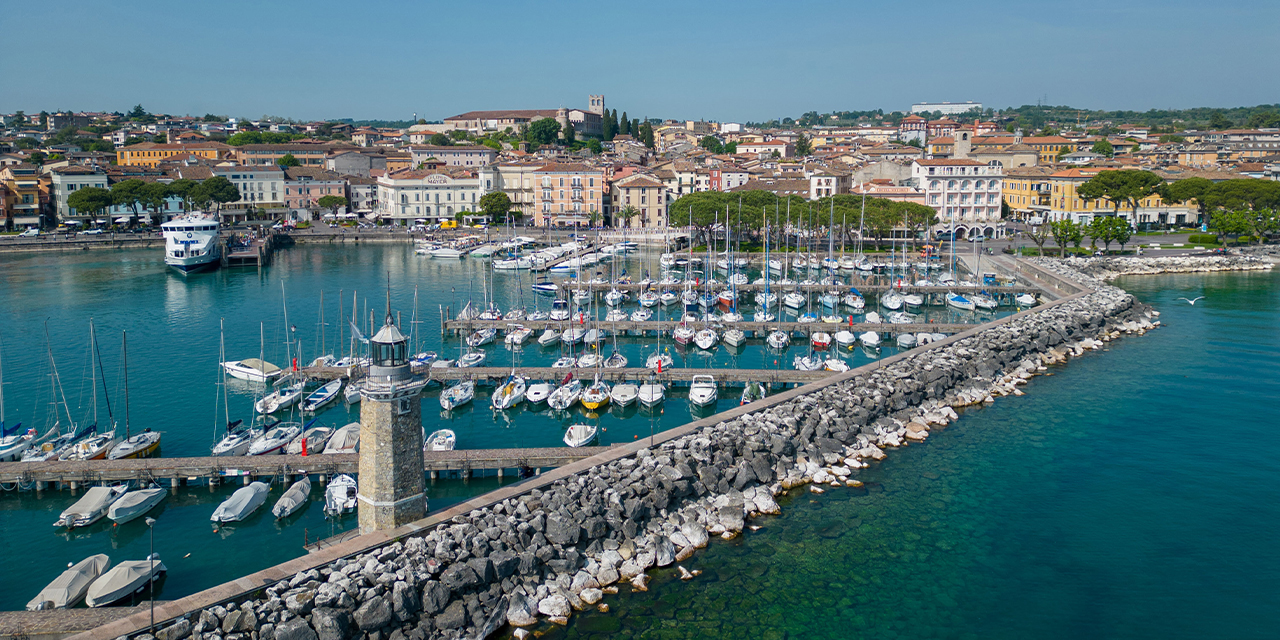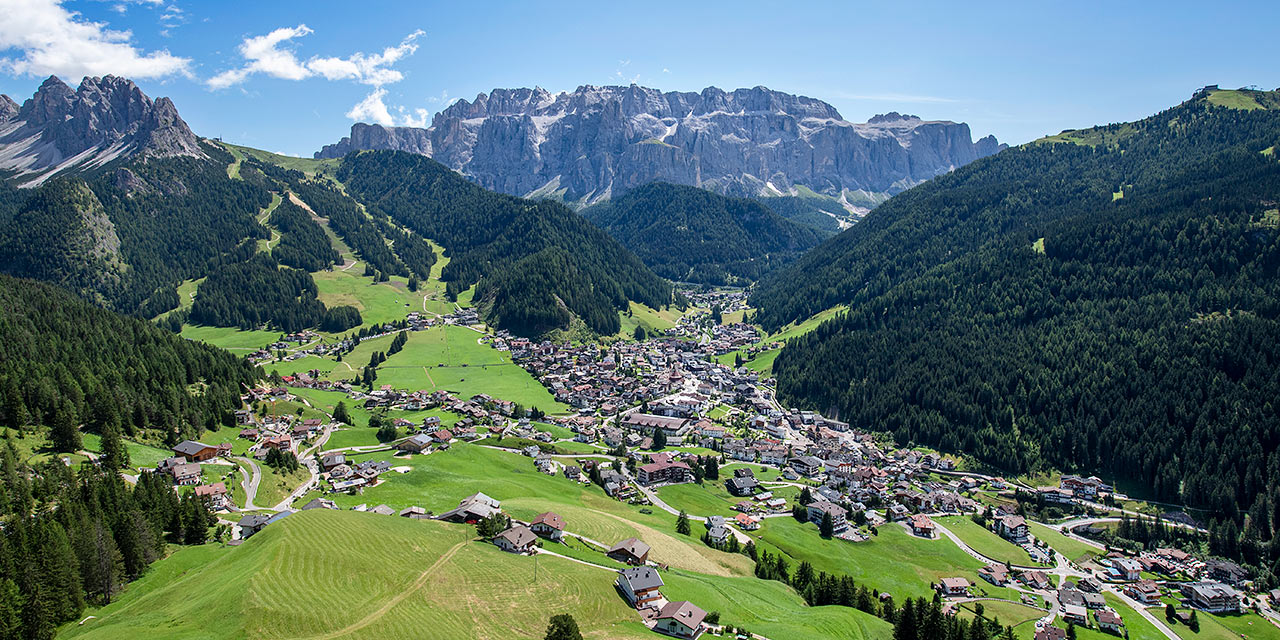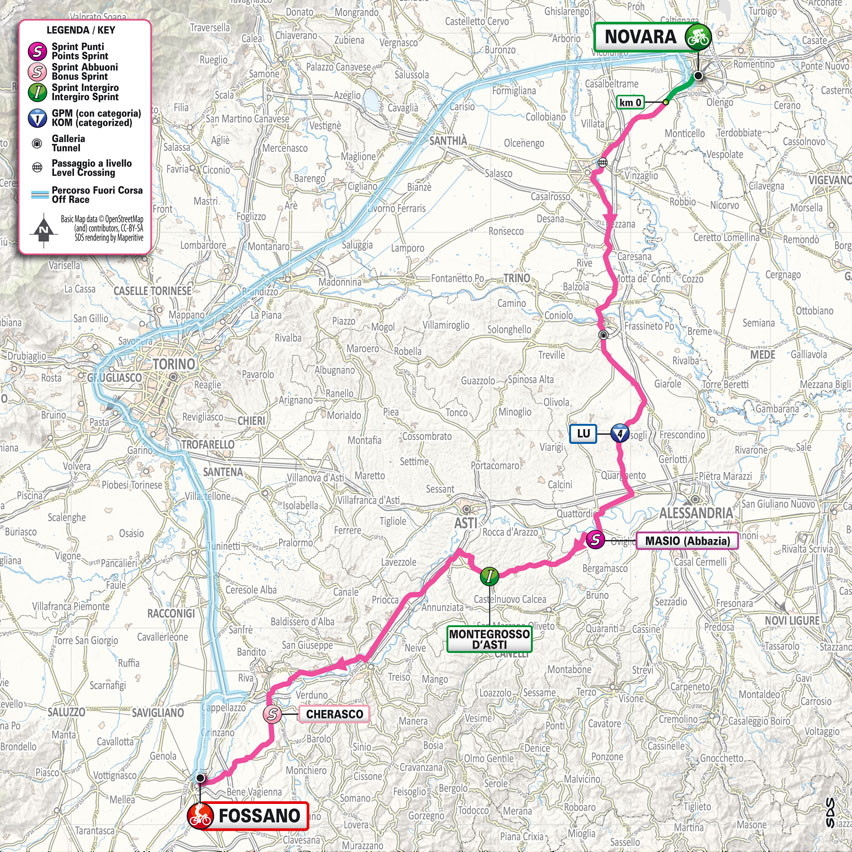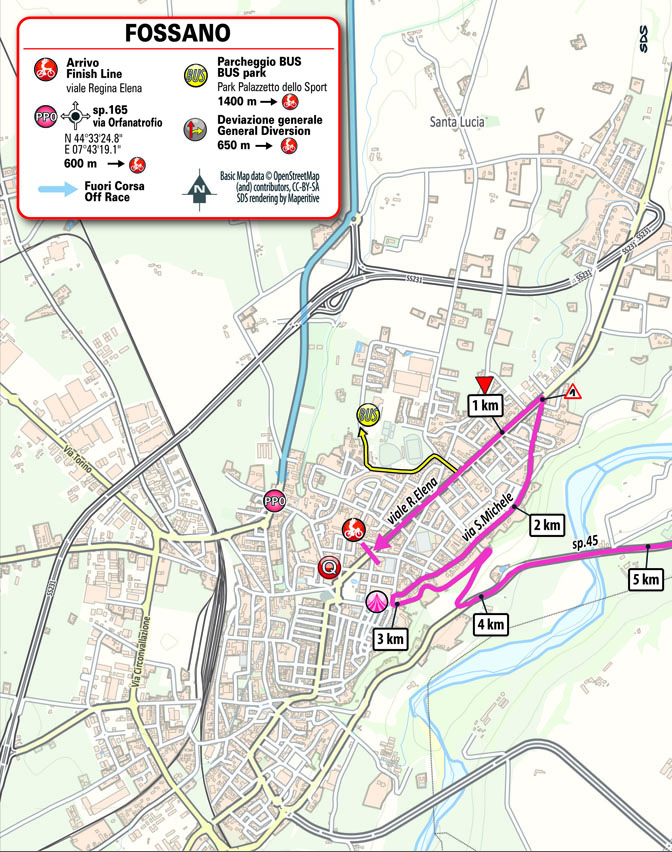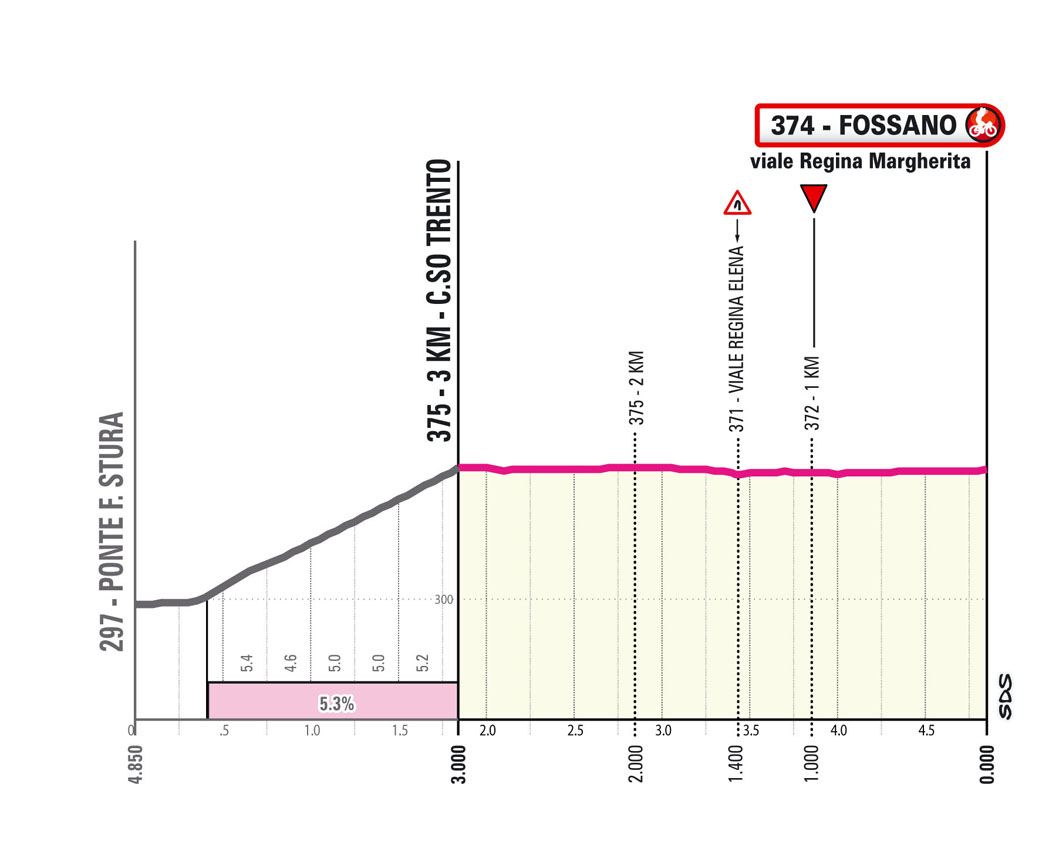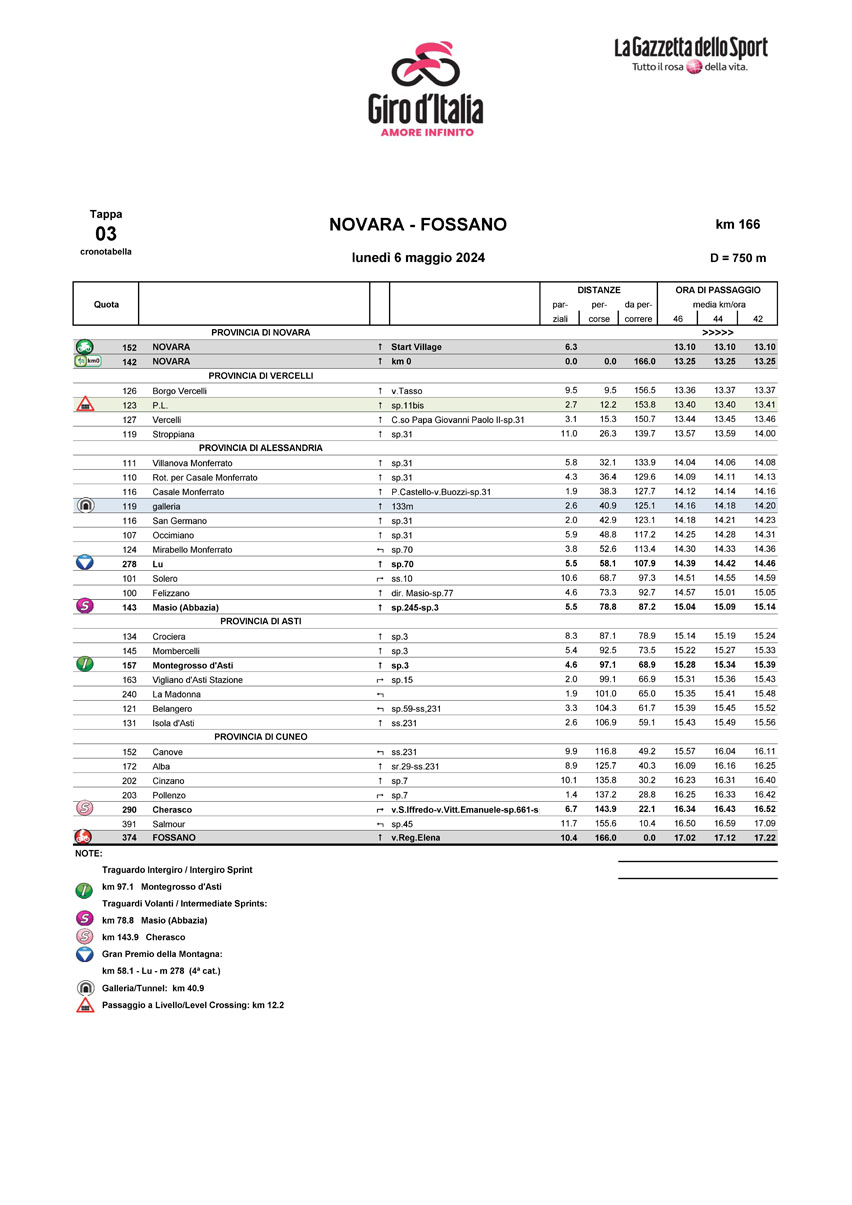profile
map
technical info
Predominantly flat stage with some minor ups and downs in the central part. Mostly flat, straight, normal-width roads dotted with standard city obstacles in urban areas. The short climb of Lu is perhaps the only asperity of the day. The finale is characterised by the short climb of Cherasco.
Last kilometres
The last 3 km are virtually straight with only one sharp bend at 1300 m to go. Perfectly flat profile except for the false flat section from -4.5 km to -3 km, which climbs steadily at around 5% with wide bends. Final straight of 1300 m on a 9 m wide asphalt road.
start / finish
final kilometres
itinerary timetable
tourist info
Host city:
Novara
Overview
Novara is a city rich in traditions, history and artistic masterpieces, created little by little, in a sequence of stratifications and influences which have made it a lively cultural centre, an ideal stop for a visit throughout the entire year. Its true soul emerges in the historic centre, which revolves around the Basilica of San Gaudenzio and that daring structure that dominates everything, and that everyone looks at: Alessandro Antonelli’s Dome; its 121 meters design the skyline of the province’s capital city, giving it that beloved and familiar shape in which the people of Novara recognize themselves, so much so that it has become the symbol of the city itself. From up there the view is lost beyond the town’s borders, in the rice fields reaching its suburbs to the Alps, that you can almost touch it during the days of clear skies.
Speciality food
As Novara is surrounded by rice fields, its typical dish can only be made with rice: the paniscia is a risotto with beans, cabbage and salame della duja (a typical salami kept in a clay pot under the porc fat) and all the vegetables you can find in your garden . Each family has its own recipe, the important is to cook it in large quantity, so you can eat the rest the day after al salto, crispy and tasty.
Gorgonzola never fails on our tables, both dolce and piccante; the Consortium for the Protection of Gorgonzola cheese is in Novara, where most of the production is concentrated. One can taste it alone or combined with other ingredients in delicious recipes: anyway, it’s one of the cheeses that best match the whole meal. Dulcis in fundo, the Biscotti of Novara are an ancient dessert, whose recipe dates back to the XVIth century, made by the nuns that used to prepare them during Easter time and send to the Pope. Made only with flour, sugar and eggs they have accompanied the snacks of the Novara people for over 500 years. During the patron saint celebrations (22nd January) the Bread of San Gaudenzio is worth tasting; it’s a cake made with raisins or chestnuts, closed in a shortcrust pastry shell and dried fruit grains above.
Drinks
Not everyone knows that one of the most famous aperitifs in the world was created in Novara! In the mid XIXth century Gaspare Campari buys the Caffè dell’Amicizia, a café in town centre, where he works on his bitter recipe, that is still unchanged nowadays.
Not far from Novara the landscape changes: from the flat paddy fields we pass to the gentle hills and from rice to wine. Here, rows of grapevines, have been planted, processed and then their grapes transformed into wine, since Roman times, with increasingly satisfying and successful results. The first Social Winery in Italy was born in the province of Novara, in an area where viticulture has always been particularly favoured by microclimate, due to the closeness of Monte Rosa, and by mineral soils of morainic and volcanic origins. Here Nebbiolo, the king of Piedmont vines, is the master. Vinified alone or in a blend of native grapes, gives the important Doc and Docg of the territory: Ghemme Docg, Boca Doc, Fara Doc, Sizzano Doc and the Colline Novaresi Doc collection.
Main sights
Novara is a town of ancient foundation with a charming centre dating back to the XIXth century, golden age of its urban and economic development; the tourist’s gaze is immediately captured by the Dome of San Gaudenzio Basilica, projected and built during the XIXth century by Alessandro Antonelli, the architect of the Mole in Turin. Under the statue of the Savior, one can admire the Basilica, consecrated to the Patron Saint, a treasure chest of baroque art, as also the Church of San Marco; the imposing Cathedral of Santa Maria, by Antonelli as well, with its typical colonnade and the early Christian Baptistery, the most ancient building in town; the monumental Complex of Broletto, where once the public and civil life took place, today hosts the Modern Art Gallery Giannoni; the Castello Visconteo-Sforzesco, returned to the city after an impressive restoration, is nowadays the new culture and museum centre of Novara: one can visit here ExpoRisorgimento a collection dedicated to the historical events of the XIXth century, and some temporary exhibitions that enliven the cultural life all year long. Very important the two Theatres Coccia and Faraggiana, the music and artistic heart of the town.
Fossano
Overview
Fossano is immediately recognisable by the majestic Castle of the Princes of Acaja. The town, founded in 1236, boasts a first-class historic centre, with nooks, alleys and churches reminiscent of medieval and baroque atmospheres. A direct link between the Savoy fortress and the oldest part of the city is the Duomo, overlooking the porticoed Via Roma. Instead, the imposing 18th-century structure consisting of the Hospital and the Church of the Holy Trinity, known as the Church of the Battuti Rossi, one of the most striking examples of Piedmontese Baroque in the area, was designed by Francesco Gallo.
Food
Fossano is the capital of Piedmontese Fassona raw meat. Panettone and Fossanesi chocolates, Chiacchere di meliga, Brut and Bun pastries are also a must.
Wines and Beverage
Dolcetto, Nebbiolo, Barbera, Arneis and Favorita. All DOCGs.
Points of Interest
The city is dominated by the imposing Castle of the Princes of Acaja, built in the 14th century for defensive purposes by Philip I of Savoy and later transformed into an elegant noble residence. The evocative medieval atmosphere of the historic centre is the setting for some great examples of Piedmontese Baroque: the Cathedral of San Giovenale, the Hospital and Church of the Holy Trinity complex, the Church of San Filippo Neri and the Old Church of Salice. Don’t miss the Sacco Geological Museum and the Sanctuary of Cussanio, immersed in the Fossano countryside, where art and nature come together offering itineraries suitable for all ages.











